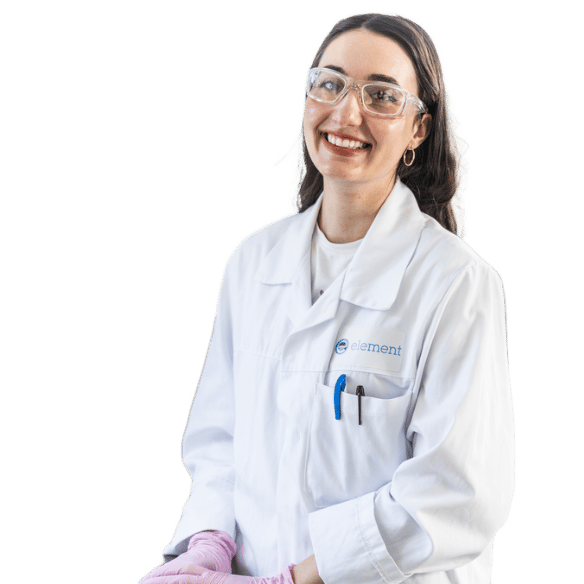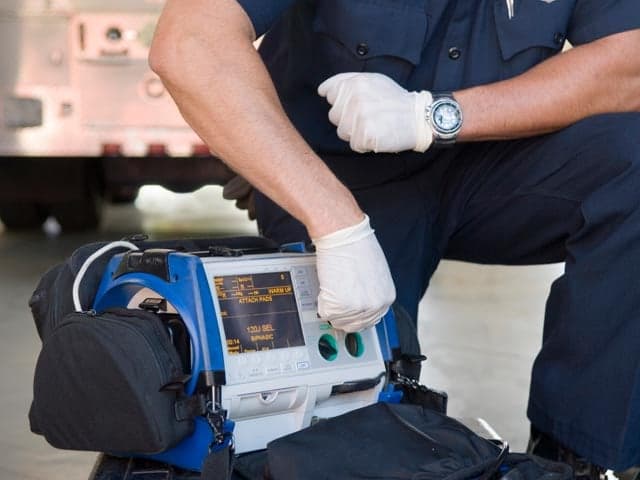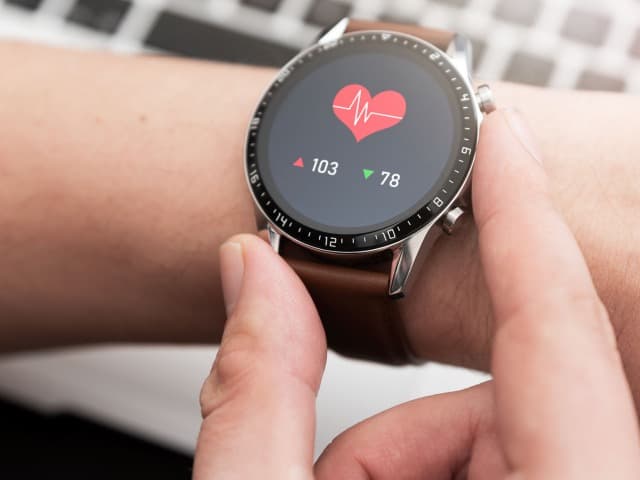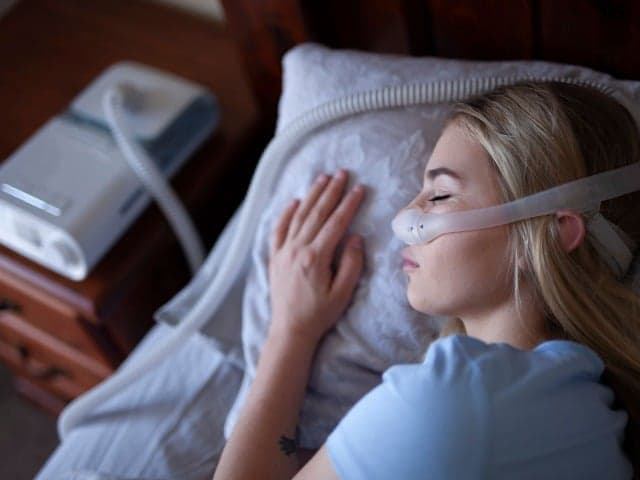Human Factors and Usability Testing
Optimize your medical device success. Place your devices in the hands of real users to validate safety and usability throughout development. Our comprehensive testing identifies issues early, provides continuous improvement feedback, and supports FDA compliance for devices considered most at risk for user error, helping you bring optimized, safer medical devices to market faster.

What is Human Factors and Usability Testing?
Human factors and usability testing evaluates both the user interface and the information provided to the user by the device. At Element, we conduct testing throughout product development to identify potential risks associated with use in clinical or home environments, helping reduce user error and improve device safety.

What Can Element Offer You For Human Factors and Usability Testing?
Products we test
Products we test
At Element, we test medical devices in both clinical and home environments, evaluating user interfaces, device labeling, instructions, and training materials. Our testing validates safe use and correct interpretation of device information for both clinicians and patients, considering how medical conditions could affect device use. The evaluation covers both the physical device interface and all supporting documentation to validate total system safety.
Key tests offered
Key tests offered
We provide formative testing during device development with continuous feedback for improvement. Summative testing validates your final device version, including user interface, labeling, instructions, and training. Post-market testing is available to improve device usability and support marketing claims. Each phase includes evaluation of both the device interface and information provided to users.
There are two stages of human factors, or usability, testing:
- Formative usability testing
- Summative usability testing
Methods and solutions offered
Methods and solutions offered
We recruit volunteer users based on your product's intended population, whether healthcare professionals or home users. Testing occurs at Element facilities or through home visits where we provide device training, observe usage, document interactions according to specific evaluation criteria, and deliver comprehensive feedback for your development process or regulatory submission. Our detailed observations identify abnormalities and potential use errors that could impact safety.
Formative Usability Testing:
This occurs during device development, with continuous feedback to refine performance. It's an iterative process that allows for early identification of potential issues and ongoing improvements based on participant input and design team insights, reducing costly changes later in development.
Summative Usability Testing:
This validates the final device, including user interface, labeling, instructions, and training materials. It’s conducted once the device is finalized, and can also be done post-market to improve usability or support marketing claims.
Which labs offer this service
Which labs offer this service
Element Boulder specializes in clinical validation testing for medical devices and wearables. For more than three decades, we have proudly served as the premier clinical testing and regulatory validation partner to the medical device, wearables and consumer electronic industries.
We help navigate complex regulations and discussions with regulatory bodies while meeting FDA requirements for human factors review. This is particularly important for devices the Agency considers most at risk for causing harm due to user error, where proper testing and documentation are essential for approval.
Standards we test to and products we test
- ANSI/AAMI/ISO 14971 - Medical Devices - Application of Risk Management to Medical Devices
- ANSI/AAMI/IEC 62366-1 Medical devices — Part 1: Application of usability engineering to medical devices
- AAMI/ANSI HE 75 – Human Factors Engineering – Design of Medical Devices
Applicable regulatory guidance:
- FDA Draft Guidance Document - List of Highest Priority Devices for Human Factors Review: Guidance for Industry and Food and Drug Administration Staff
- FDA Guidance Document - Applying Human Factors and Usability Engineering to Medical Devices: Guidance for Industry and Food and Drug Administration Staff
Clinical devices
- Duodenoscopes
- Clinical diagnostic tools
- Clinical therapeutic equipment
Home use devices
- Insulin delivery systems
- Home health devices
- Patient-operated medical equipment
Your Challenges, Our Solutions
Safe device use validated
FDA requirements met confidently
Development process optimized effectively
User feedback integrated systematically
Why Choose Element

Complete testing partner
FDA requirement expertise
Flexible testing environments
Population-specific testing
Related services

Medical Device Testing Services
With Element as your medical device testing partner, you’ll enjoy the benefit of a single comprehensive supplier across feasibility, R&D and prototype trials, through product development, regulatory validation and production quality control.

Medical Device Regulatory Services
Element offers expert medical device regulatory consulting, guiding you through design, risk analysis, and FDA submissions for efficient product approval.

Medical Device EMC Testing
Element provides EMC testing and certification for Class I-III medical devices, helping manufacturers meet global regulatory standards and accelerate market entry with expert guidance and accredited laboratories.

Battery Safety Testing for Medical Devices
Battery safety testing for medical devices, assessing performance, reliability, and compliance with international standards to support safe use in healthcare settings.

Clinical Validation Testing
Element delivers comprehensive clinical validation testing for medical devices and wearables, managing study design, recruitment, testing, and data analysis. Our complete solutions help overcome regulatory challenges and accelerate product development.

Heart Rate Monitor Device Validation
Element provides clinical validation testing for heart rate monitors using human and simulator data, meeting regulatory standards while delivering accurate performance. Their expert guidance addresses key accuracy challenges.

Pulse Oximeter Validation Testing
Element's pulse oximeter clinical validation service provides comprehensive human testing that delivers real-world, high-quality data to support regulatory submissions and significantly optimize device performance across diverse clinical settings with precision.

Respiratory Rate Monitor Clinical Validation Testing
Element offers expert-led respiratory rate monitor clinical validation testing, covering protocol design, participant recruitment, and regulatory-ready reports for streamlined submissions.

Sleep Monitoring Device Validation
Element provides clinical validation testing for sleep monitoring devices, supporting regulatory submissions and optimising device safety through expert-led data analysis and participant studies.
